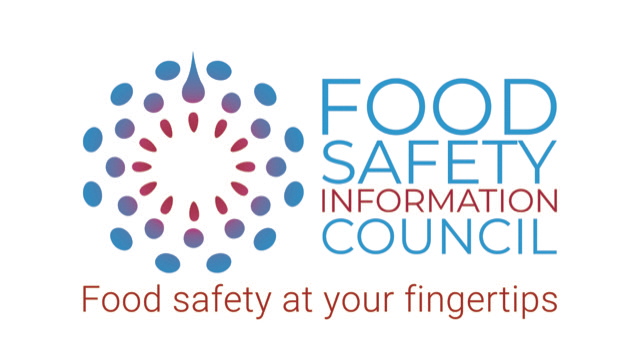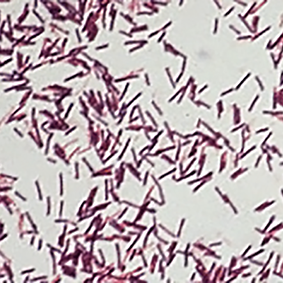Bacillus cereus and other Bacillus species
This pathogen can cause two types of foodborne illness—the diarrhoeal type and the emetic or vomiting type. The illnesses are generally mild, but unpleasant nevertheless. Symptoms can be more severe for young, elderly and immune-comprised consumers.
The diarrhoeal type of illness usually occurs within 8 to 16 hours of eating the food and lasts for about 24 hours. Foods involved vary from starchy vegetables, meat products, cereal foods, sauces, puddings and spices. A much shorter time is required for symptoms of the vomiting type to appear (30 minutes to five hours). One of the most common foods associated with the vomiting type is rice. Cooked rice should always be cooled and stored in the refrigerator.
Bacillus cereus form heat resistant spores that are widespread in our environment and are common in soil and dust. Spores are dormant but germinate producing cells that can grow when they are in warm, moist and nutritious environments and some cells produce a heat resistant toxin if they grow for enough time.
Why does food poisoning occur? There are two ways the types of illnesses mentioned above come about. If spores in dried foods (e.g. rice, dried spices, powders) survive during cooking and the cooked food is cooled slowly unrefrigerated, the spores germinate; cells grow to large numbers, and, in some cases, the cells produce a toxin.
- Consuming large numbers of cells in the food cause the diarrhoeal type illness.
- Consuming the toxin formed in the food causes the vomiting type illness. Reheating or cooking the food will not destroy this toxin as it is resistant to heat. Although this bacterium can grow and produce toxin at refrigeration temperatures, it does so much more slowly than at room temperature. Precooked food should not be stored in the refrigerator for more than two to three days.
To prevent Bacillus cereus food poisoning, store, handle and cool food safely.

